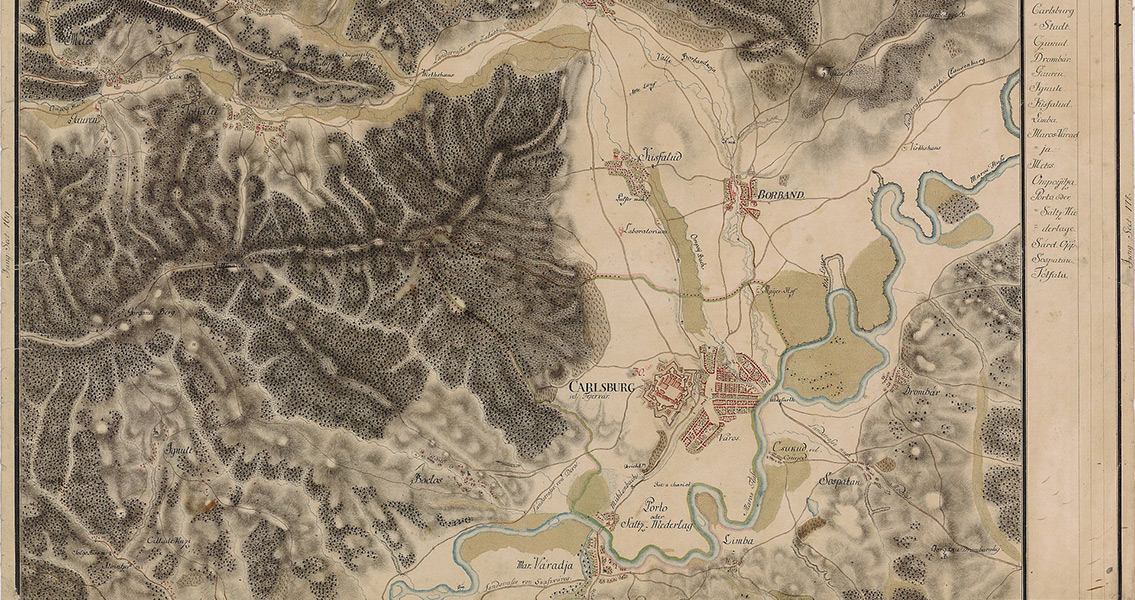<![CDATA[Two hoards of bronze and iron artefacts discovered in central Romania have just been made public. The find is unique in that it is the only one from the period – the eighth century BCE – that has been excavated and analysed by archaeologists rather than amateurs, media report, citing Corina Bors from the National History Museum of Romania, who detailed the find in a report to the European Association of Archaeologists. One of the two hoards, discovered in Tartaria in Alba county; Transylvania, contains 50 artefacts and the other 300. These artefacts include brooches, torques - which are a sort of neck ring - bracelets, hairpins, and beads. In addition to the jewellery, the team working at the site since 2012 has discovered iron axes, swords and spears, as well as parts of horse harnesses. The artefacts were most likely produced or at least used by the Basarabi culture that dominated most of the Balkan Peninsula in the eighth to the seventh century BCE. It is a branch of the larger Hallstatt culture, which thrived in Europe from the twelfth to the sixth century BCE. According to Corina Bors, who is a senior archaeologist with the National History Museum, this is one of the largest finds of its kind from the Iron Age and it is significant because it may provide insight into the trade routes used in the area. The artefacts are currently undergoing X-ray fluorescence analysis to determine their place of origin. Bors wrote in the abstract for her study that preliminary analysis has provided some indications of “wider connections” between the Basarabi inhabitants of Transylvania and the “north Pontic areas” and the southwestern parts of the Balkans. She commented that the results provide "new data to discuss upon the long distance exchanges and contacts during the first centuries at the beginning of the first millennium BC in the Carpathian Basin.” The Pontic-Caspian steppe stretches from the northern shores of the Black Sea to Central Asia. It is a vast area and it would be fascinating to discover if the different groups inhabiting it in the late Bronze Age and the early Iron Age had established such long-distance trade routes. As regards the purpose of the hoards, Bors told Live Science that they were most likely votive offerings to some local deity. The sheer number of the artefacts suggests that the person who made the offering was a wealthy individual, possibly a “warrior chieftain”. She explained that similar hoards of bronze items have been discovered across Europe, in places such as caves, marshes, rivers and springs. Besides the hoards, the researchers excavating the Tartaria site, which spans 10 hectares, also found offering pits with shards of pottery in them as well as a burial site with several sets of human remains. Work at the dig has been suspended for the winter but it will resume in summer next year. ]]>
Unique Treasure Discovered in Transylvania
